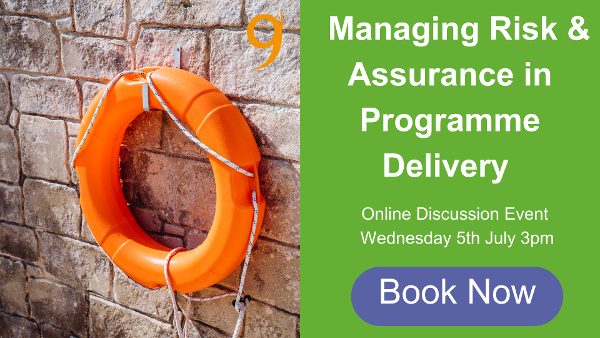Why do CRM implementations fail?
It wouldn’t be ground-breaking to say that a well implemented CRM system can lead to improved business performance and growth. With over two decades of research we now know this to be concrete and true. But with so many evidenced benefits why do we still see so much failure when it comes to CRM implementations end success rates? How do we avoid CRM implementation failure? Over 60% of CRM projects fail, largely down to user adoption. Of these failed projects 47% of companies will try again to implement another CRM system two or more times (C5Insight).
So what’s causing this?
According to Salesforce, one of the biggest CRM system vendors, the greatest risk factors to CRM implementation failure are largely down to a lack of strategy, a lack of process improvement, and poor executive support. Focussing on these three areas we can begin to devise a plan to avoid these failures and implement CRM systems with greater success. Let’s dive deeper…
How to avoid CRM implementation failure
1) Define a clear vision and strategy for your CRM
Thinking about CRM implementation as a technology project alone will set you up for failure. This is just as much about people as it is technology. A CRM implementation project should not start and finish at the C-Suite level, but rather should include vast amounts of input from those employees on the ground using the system. Engage your workforce, those using your CRM to generate leads, capture data and run marketing campaigns, they are the ones who know the real pain points and frustrations. Gaining rich insight from your employees will help to inform your actual CRM needs and allow you to develop a clear vision and strategy to set you up for success.
2) Appoint sponsors to champion the CRM implementation
Lead by example. It’s sometimes that simple. Make sure to have a dedicated individual or team who have fully bought into the benefits that a successful CRM implementation can have on business performance in order to keep the project running at pace and front of mind. Maybe it’s your CIO or even your CEO. Buy in from the top will filter down, failure to showcase commitment is a guarantee for any project to fail.
3) Choose the right software for your needs
Now that you have a clear vision and buy in you should have a pretty good idea of what you need from a CRM system. Ensuring complete clarity of needs will make the vendor selection process so much easier and smoother. If your employees can see that their voices have been heard and that their pain points are being addressed then the change process will be far more likely to be a success. Vendor selection can sometimes be make or break, so make sure you are really clear on which vendor will best meet your needs.
4) Communicate throughout the process to ensure user adoption
This is your chance to generate user buy in. Consistent and continuous communication throughout the CRM implementation process is crucial to its success. You need to be certain that everyone is on the same page and up to date with a shared goal and vision in mind. There is a strategy when it comes to effective communication… too little and you lose user interest, too much and end users might feel overwhelmed, leading to lower adoption rates. Employees need to be kept informed at key check points throughout the process leading up to training and go live.
5) Be patient
CRM implementation failure rates can be attributed to rushing through the process. A CRM drastically loses effectiveness if it is not setup properly with the right strategy, data and training. Be patient and keep in mind that doing it right is far more important than meeting an unrealistic deadline.
6) Train, train and then train some more
You need to instil confidence in the end users to avoid CRM implementation failure. Users need to feel that they can hit the ground running with minimal disruption to normal business functions. Successful CRM implementation projects will set out a well-defined and staged training process whereby capability is built throughout the implementation process. If training is not delivered in a manageable way you could see users being fearful of the change, and ultimately end up with your new CRM system collecting dust.
7) Data migration is key
Data is everything when it comes to a CRM system. If your data migration process is not watertight then you may be populating your new CRM system with messy and incomplete data. A recipe for disaster. Bad data in means bad data out! Make sure you take time to regularly cleanse the data to keep records up to date.
8) Allow time for change to embed
Rome wasn’t built in a day. Change doesn’t happen overnight. Your CRM implementation shouldn’t stop at go live. Just because your CRM implementation has been ‘completed’ doesn’t mean the foot can come off the pedal, quite the opposite. Users will still have questions and old habits may sneak in, so it is important to positively reinforce best practices for CRM usage and provide ongoing training and communication to embed the change successfully.
9) Reflect and continuously improve
Are you still following your strategy? Are your behaviours in line with your vision? These questions are important to reflect on to ensure you are realising the benefits of your new CRM system. By reflecting on how you are using the CRM system and using these findings to adjust user behaviours you will ensure continuous improvement and strengthen your CRM system over time.
CRM implementation projects can be tricky, but we’re here to help. You now know how to avoid CRM implementation failure, but we understand that it may throw up even more questions… So please don’t hesitate to get in touch if you’re struggling with a CRM implementation project yourself. Get in touch here.



